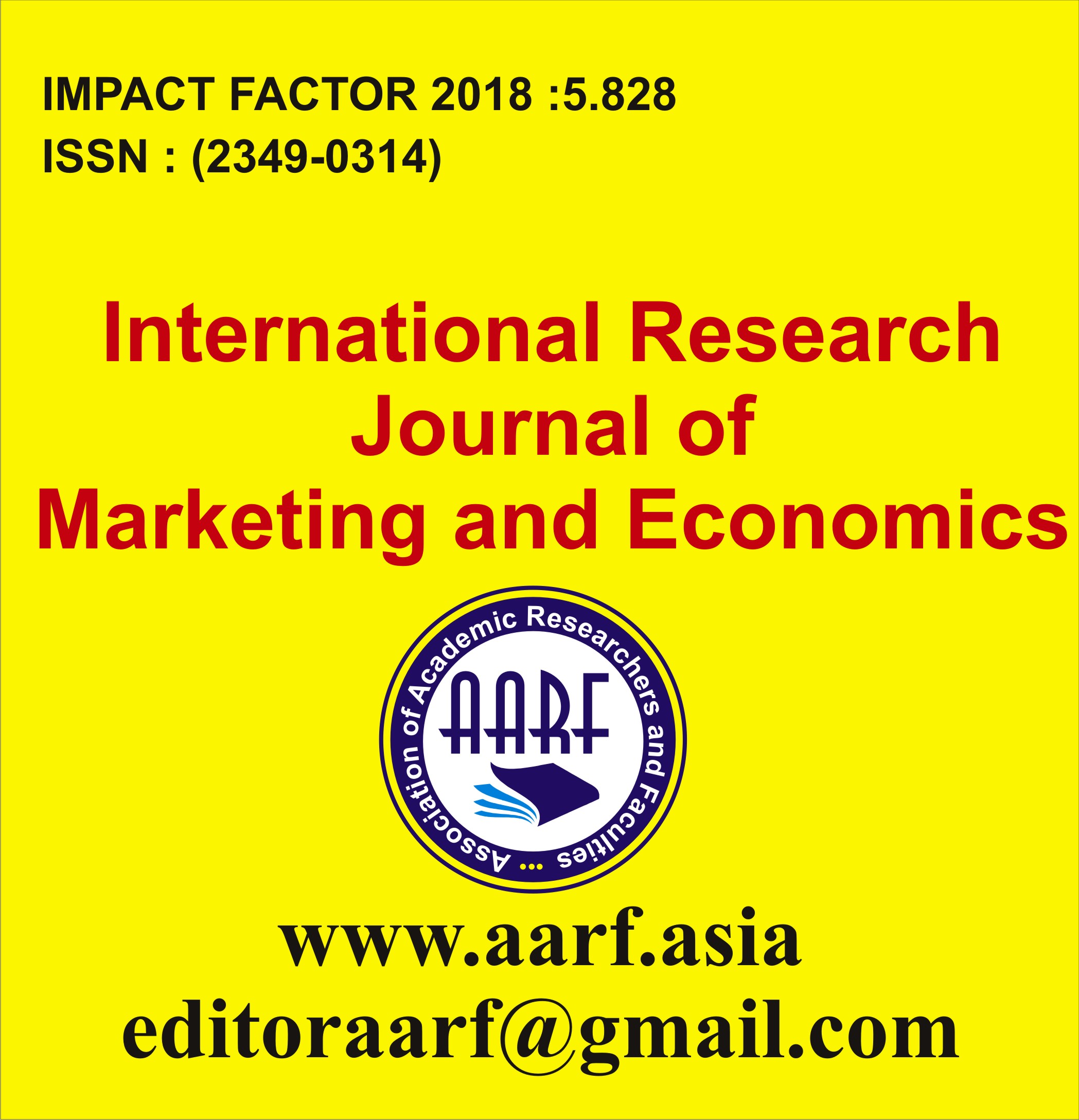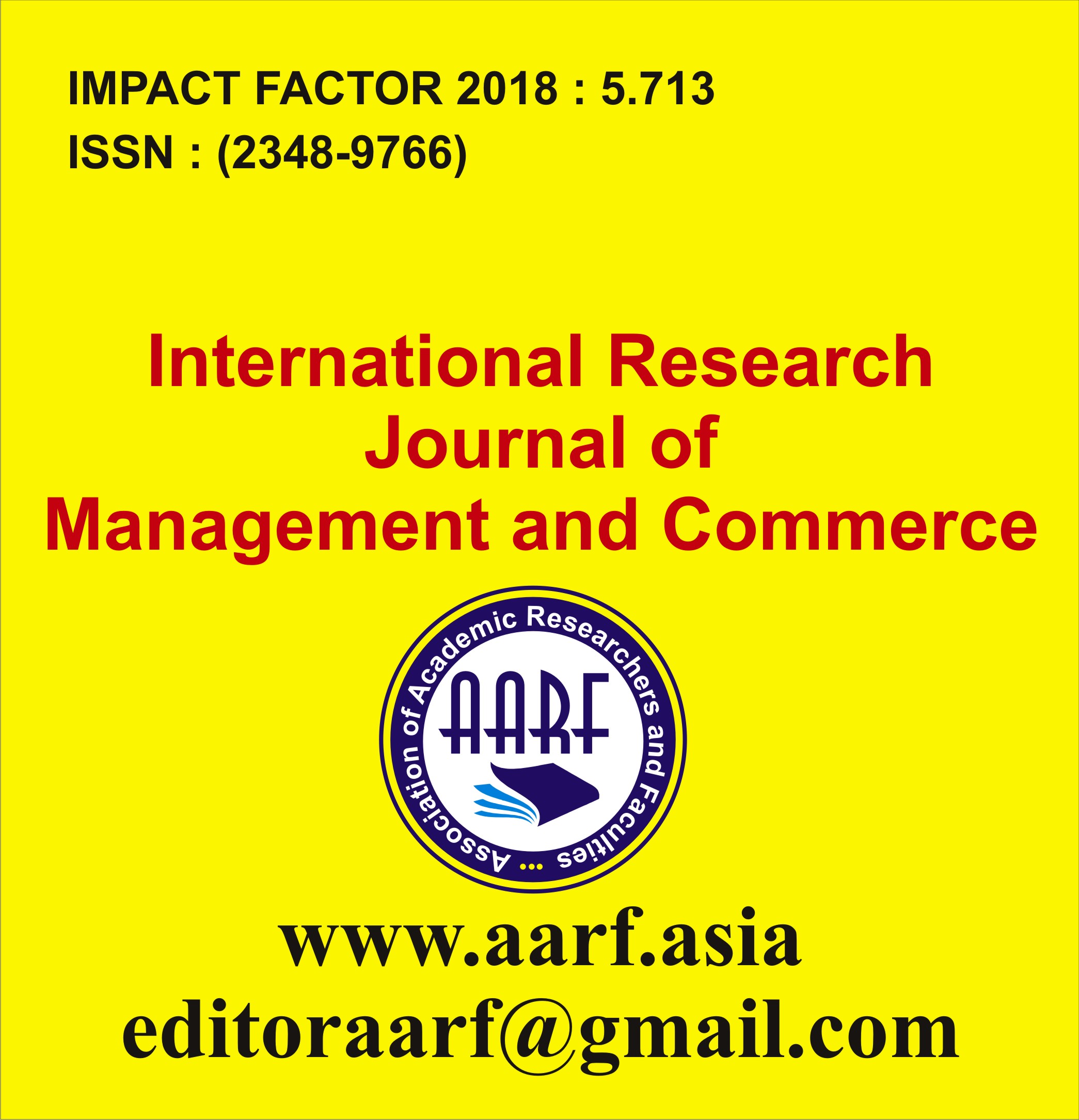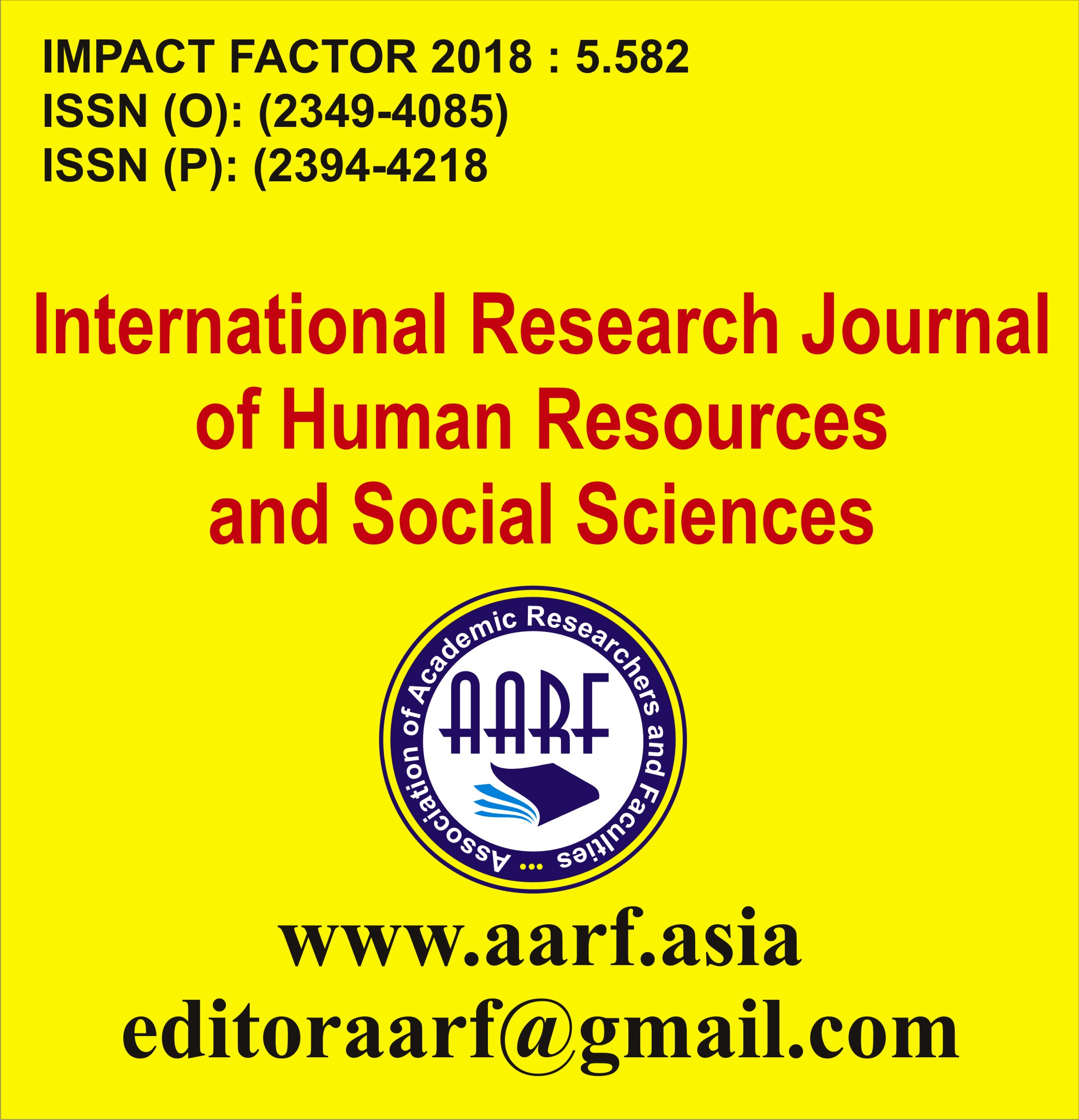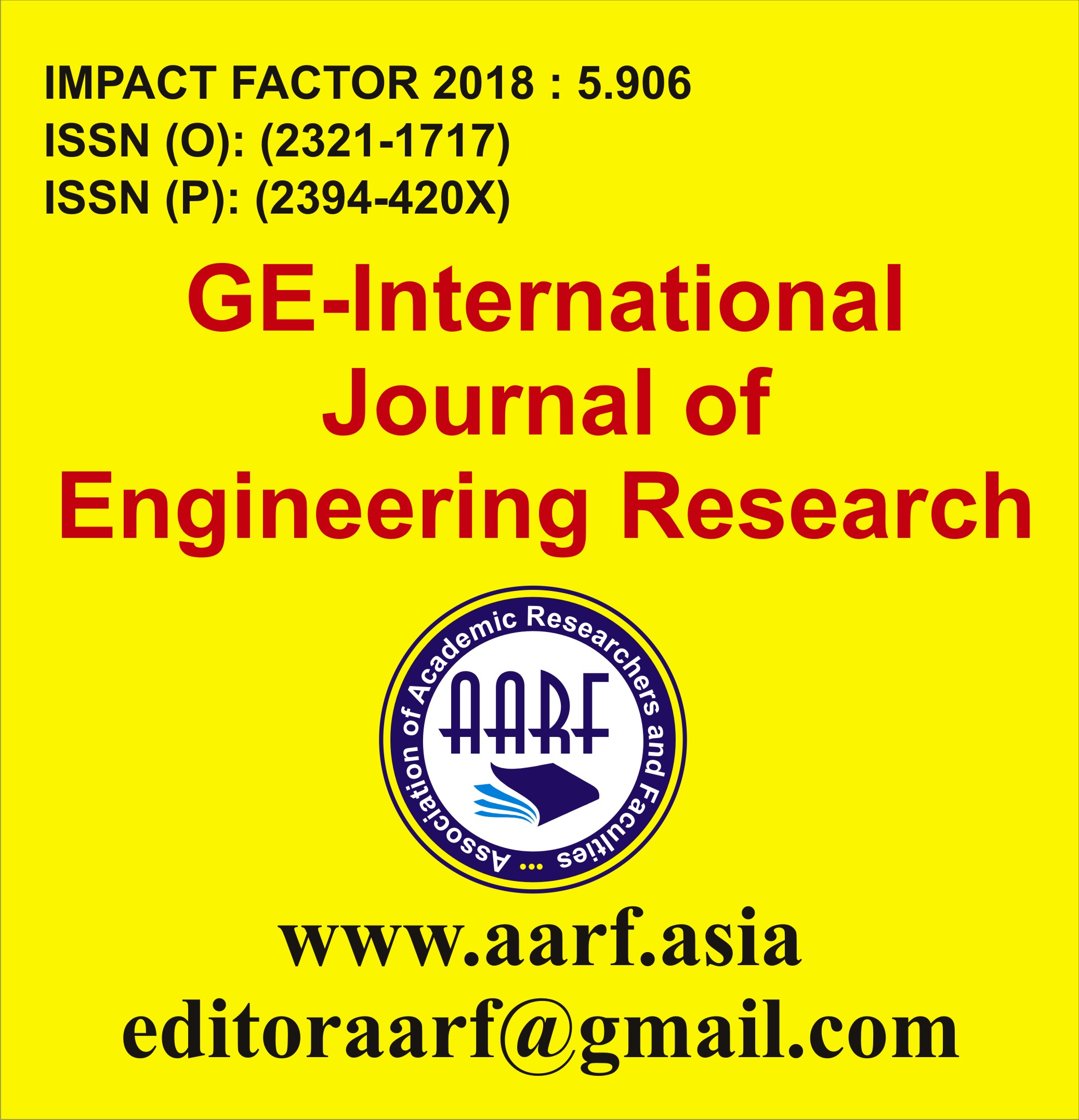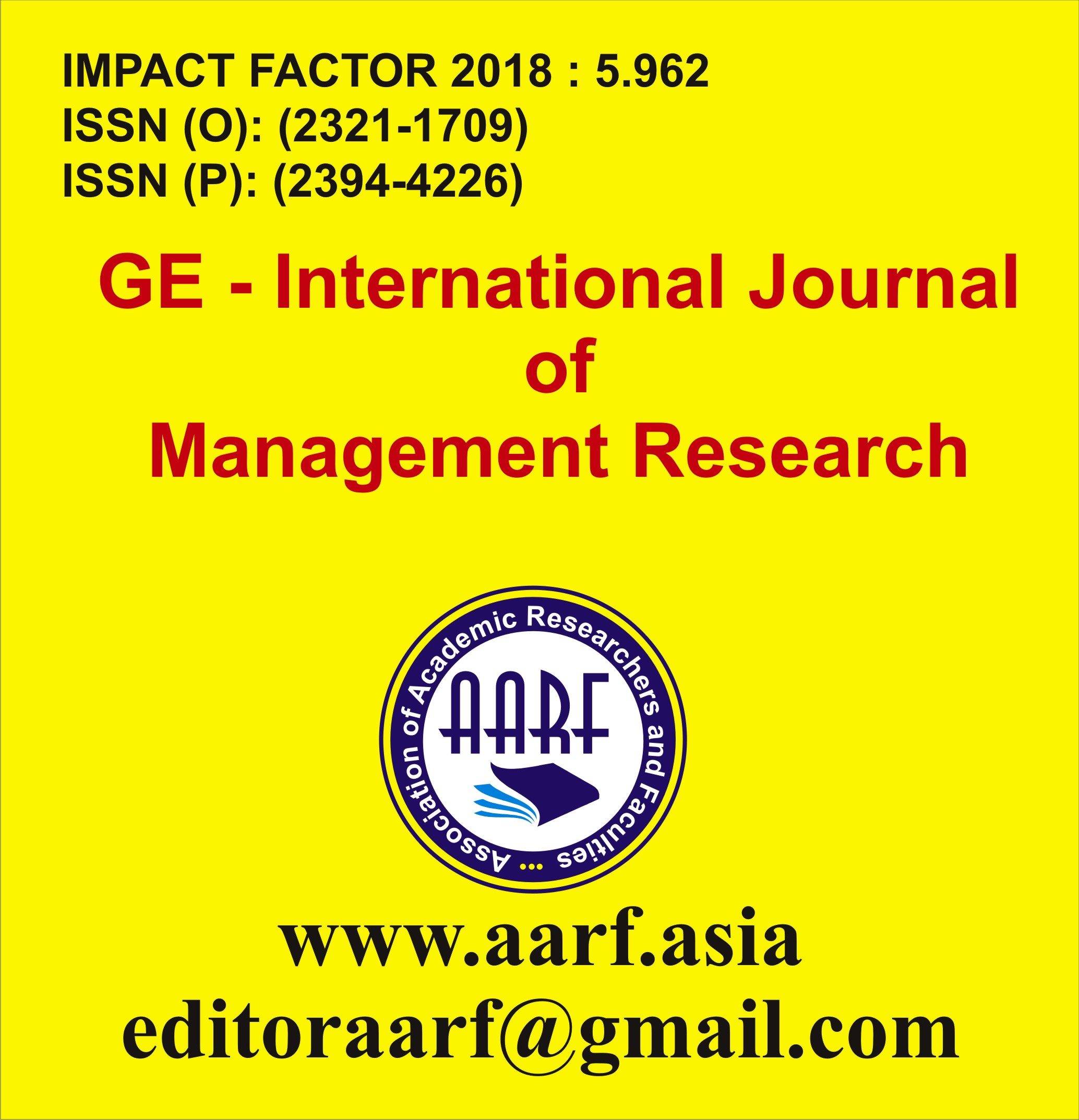-
"Impact of Government Welfare Schemes on the Socio-Economic Development of Scheduled Tribes” Special emphasis on Melghat, Amravati District, Maharashtra
DOI:DOI:18.A003.aarf.J14I01.009760
Vilas Rajkumar Pawar Prof. Dr. Vijaykumar M. Gawai
Abstract:
Scheduled Tribes (STs) in India have historically faced socio-economic marginalization, with limited access to education, healthcare, and employment opportunities. To bridge these gaps, the Government of India has implemented various welfare schemes aimed at improving the living conditions of tribal communities. This study examines the impact of these government initiatives on the socio-economic development of STs, with a specific focus on Melghat, Amravati District, Maharashtra. Using secondary data sources, the study evaluates key indicators such as literacy rates, healthcare access, poverty levels, and employment trends before and after the implementation of welfare programs. Findings indicate incremental improvements in literacy and employment generation but highlight persistent challenges such as inadequate healthcare infrastructure, low female literacy rates, and inefficiencies in welfare scheme implementation. The study emphasizes the need for better policy execution, community participation, and targeted interventions to enhance the effectiveness of tribal welfare programs. The research concludes that while government schemes have contributed to some socio-economic progress, sustainable development requires a multi-sectoral approach, integrating education, healthcare, and livelihood opportunities for Scheduled Tribes.














